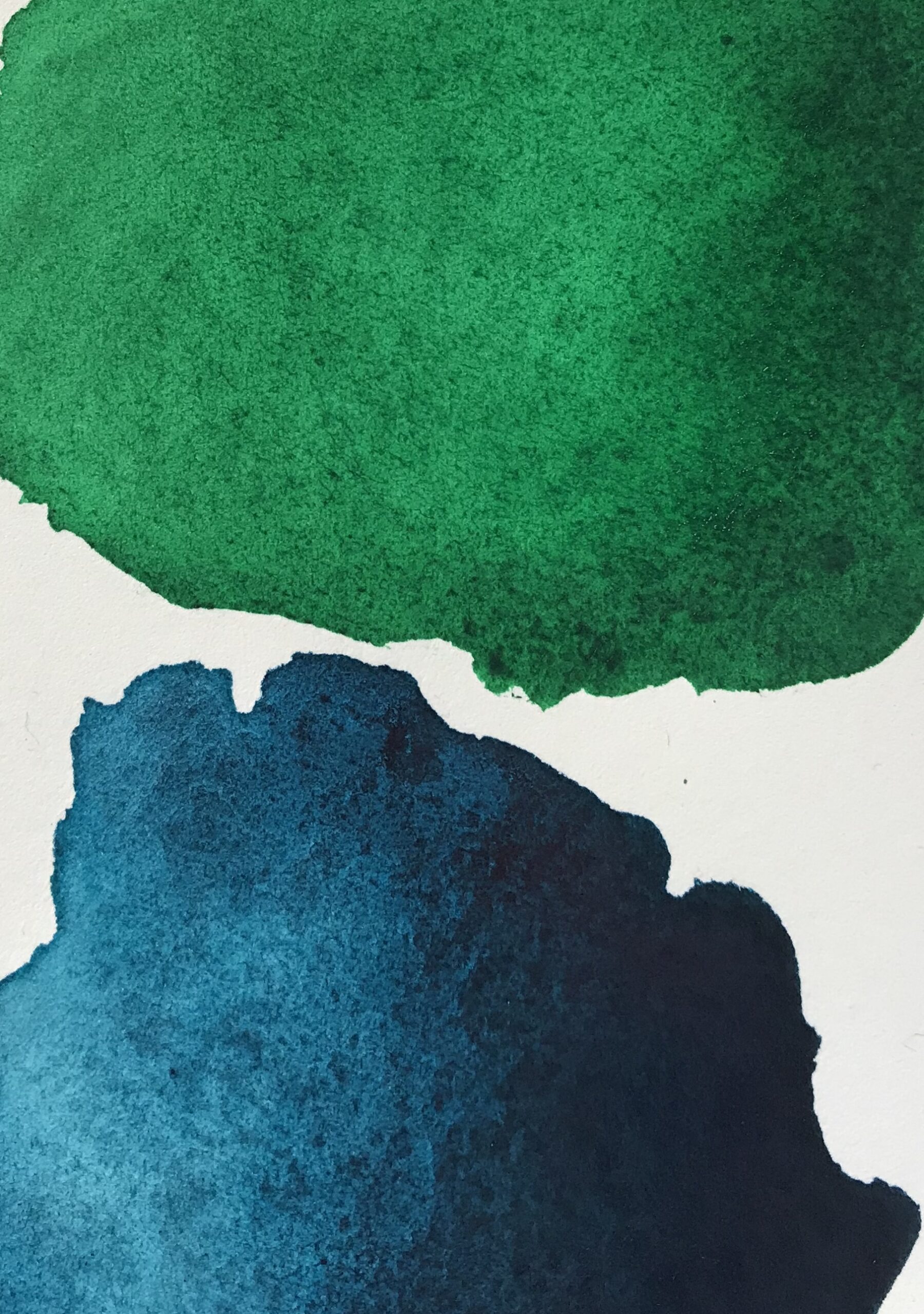Colour by numbers

When I read that L.S. Lowry only used five colours my first reaction was an uncharitable reflection on his lifelong subject, ‘grim-up-north’ Manchester. But really, I was impressed; to be able to walk into the art shop and be completed unseduced by those siren shelves of rainbow hues.
As computer technology advanced through the 1990s, manufacturers boasted of their machines’ capacity to analyse and display sixteen million colours, a range somewhat beyond the shelf capacity of even the largest paint store. Actually, of course, the colours on screen are all made from just three. But you, dear painter, are not a digital light receptor, and you are working with pigments, not pixels. In any case, your eye, as that maestro of light James Turrell has pointed out, is an outgrowth of the brain, and perception of colour is inseparable from interpretation.
Bridget Riley is a painter more than capable of organising an enormously wide palette very systematically, but even for her, the sensation of colour is forever linked to her experience and memory of landscape and weather: ‘My mother … would always point things out: the colours of shadows, the way water moves, how changes in the shape of a cloud are responsible for different colours in the sea …’.
These associations are intrinsic to painting, but we only recognise them, even in the most naturalistic work, by means of unconscious but complex psychological translations, involving the senses, memory and culture. Painting is its own world, with its own syntax.
Artists make many decisions about their materials driven by sheer expediency or economics, and there is plenty of significant art, particularly from the twentieth century, that has emerged this way, from a complex chain of practical circumstances. But paring down your palette feels satisfying. Instead of making endless choices about which colours to start with, you are left with a more interesting challenge: to ‘cook’ from fundamentals. I can’t quite match Lowry’s five, but I’ve just about got it down to seven. I’ve learnt through experience that I’m happier with transparent pigments, that grey is never a black-and-white issue and there are more routes to a green than you can shake a brush at. At this point, you might expect (… drum-roll …) the big reveal: my ‘magnificent seven’. Instead, I will let you — by careful attention to how your colour is behaving, with awareness your own objectives in painting and with some expert advice — find your own five, or seven, or twenty, and they will be yours; not mine, or Mr Lowry’s.
Jeffrey Dennis
jeffreydennis.co.uk

